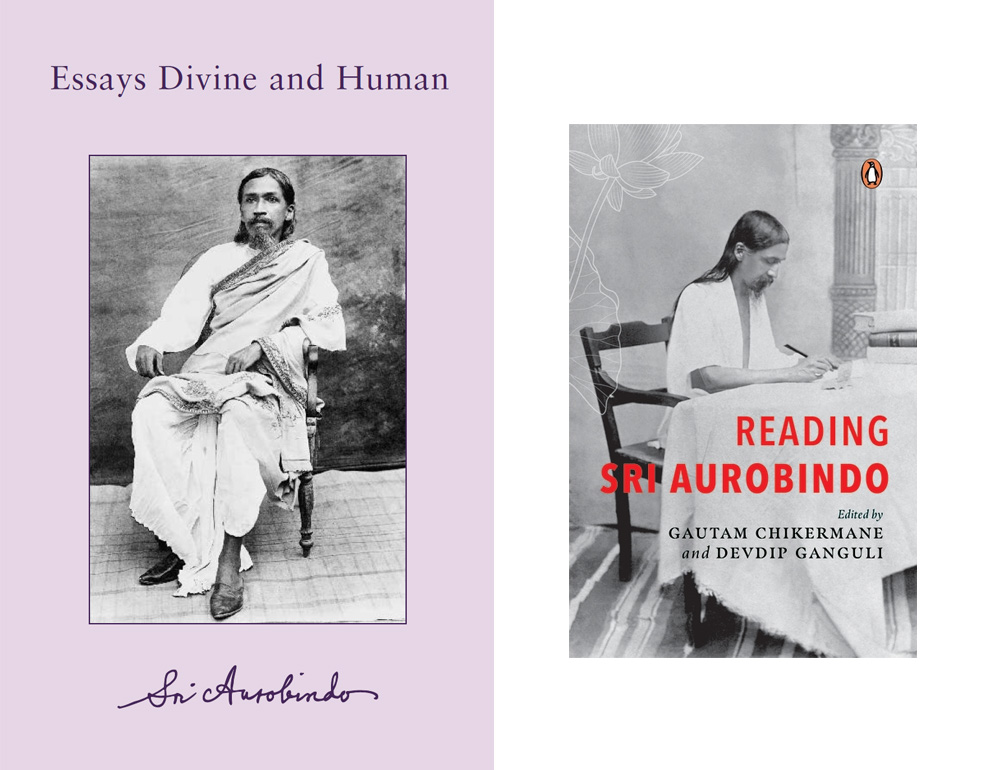You will see umpteen works of Greek sculpture throughout Greece, and even Italy, for Rome took Greek art as its inspiration and is bound by it to this day. But you will likely see these through the prism of your prior experiences, whether European or Asiatic. We appreciate all sculpture that we find beautiful, but cannot easily appreciate the spirit behind the form.
“We want what is familiar to the eye and obvious to the imagination and will not readily admit that there may be here another and perhaps greater beauty than that in the circle of which we are accustomed to live and take pleasure.” [1]Sri Aurobindo, The Foundations of Indian Culture, Indian Art – 3
A western student of Greek sculpture may judge all sculpture by a Greek or Hellenic ideal, and find everything else below-par. Likewise, as an Indian, I may well walk in to a great museum in New York and being conditioned by South Indian statues, judge all the non-oriental work as mediocre. Sri Aurobindo highlights this difficulty of our nature :
“The Indian mind in its natural poise finds it almost or quite as difficult really, that is to say, spiritually to understand the arts of Europe, as the ordinary European mind to enter into the spirit of Indian painting and sculpture.” [2]Ibid, Indian Art – 1
It is clear that if we are to attempt a real seeing or experiencing, we must attempt to become aware of our own bias and implicit expectation from the thing seen.
On Critiquing Art
Is there a universal standard by which art can be judged or critiqued? The modern, inquisitive mind knows the answer well, but is still tied to its fixed ideas and seldom accepts another way of seeing :
“In matters of art the Western mind was long bound up as in a prison in the Greek and Renascence tradition modified by a later mentality with only two side rooms of escape, the romantic and the realistic motives, but these were only wings of the same building; for the base was the same and a common essential canon united their variations.… The canons of Western artistic creation were held to be the sole valid criteria and everything else was regarded as primitive and half-developed or else strange and fantastic and interesting only by its curiosity…
The criticism of art is a vain and dead thing when it ignores the spirit, aim, essential motive from which a type of artistic creation starts and judges by the external details only in the light of a quite different spirit, aim and motive.
Once we understand the essential things, enter into the characteristic way and spirit, are able to interpret the form and execution from that inner centre, we can then see how it looks in the light of other standpoints, in the light of the comparative mind. A comparative criticism has its use, but the essential understanding must precede it if it is to have any real value” [3]Ibid.
To the ‘purists’
Along these lines, we have below an insightful example of a critic who sees great spiritual sense in an Indian statue but sees only a sensuous or carnal appeal in a Greek figure and judges one superior to another. What ‘essential understanding’ could have been overlooked?
“I have seen a comparison made between a feminine Indian figure and a Greek Aphrodite which illustrates the difficulty in an extreme form. The critic tells me that the Indian figure is full of a strong spiritual sense—here of the very breath and being of devotion, an ineffable devotion, and that is true, it is a suggestion or even a revelation which breaks through or overflows the form rather than depends on the external work,—but the Greek creation can only awaken a sublimated carnal or sensuous delight. Now having entered somewhat into the heart of meaning of Greek sculpture, I can see that this is a wrong account of the matter. The critic has got into the real spirit of the Indian, but not into the real spirit of the Greek work; his criticism from that moment, as a comparative appreciation, loses all value. The Greek figure stresses no doubt the body, but appeals through it to an imaginative seeing inspiration which aims at expressing a certain divine power of beauty and gives us therefore something which is much more than a merely sensuous aesthetic pleasure. If the artist has done this with perfection, the work has accomplished its aim and ranks as a masterpiece. The Indian sculptor stresses something behind, something more remote to the surface imagination, but nearer to the soul, and subordinates to it the physical form. If he has only partially succeeded or done it with power but with something faulty in the execution, his work is less great, even though it may have a greater spirit in the intention: but when he wholly succeeds, then his work too is a masterpiece, and we may prefer it with a good conscience, if the spiritual, the higher intuitive vision is what we most demand from art. This however need not interfere with an appreciation of both kinds in their own order.” [4]Ibid.


